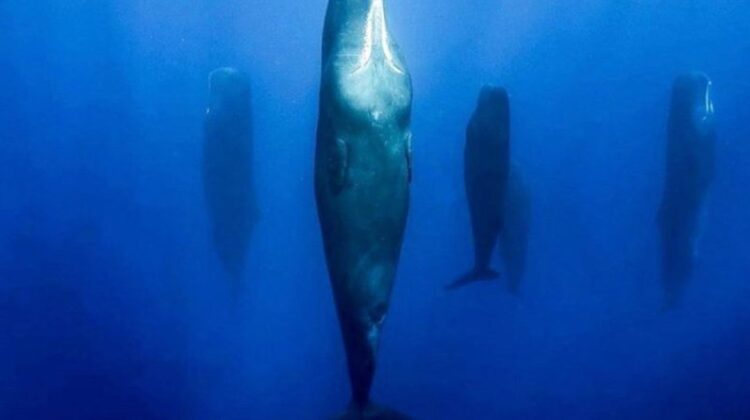
Have you ever wondered what it looks like when whales take a nap? One photographer has captured a rare glimpse of this behavior that is as strange as it is fascinating.
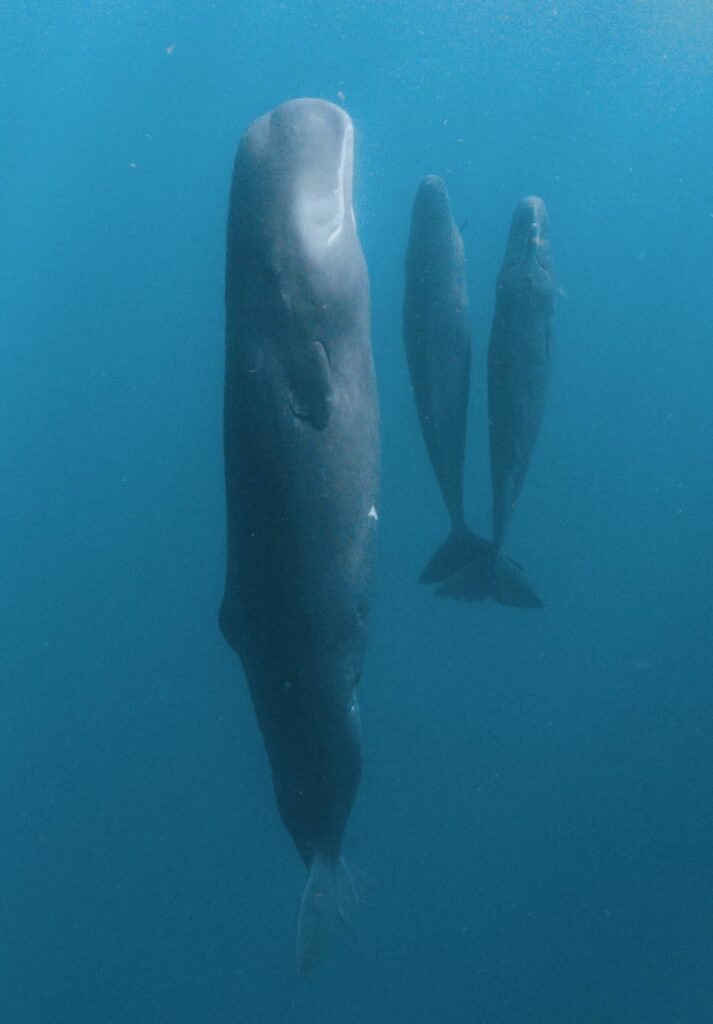
Sperm whales, some of the largest animals in the ocean, have been observed in pods of five or six, seemingly standing motionless in the water while they sleep. French photographer and filmmaker Stephane Granzotto captured this behavior while diving in the Mediterranean for his photo book on sperm whales titled Cachalots. His photo, which shows the whales “standing” vertically in the water, has gained popularity online.
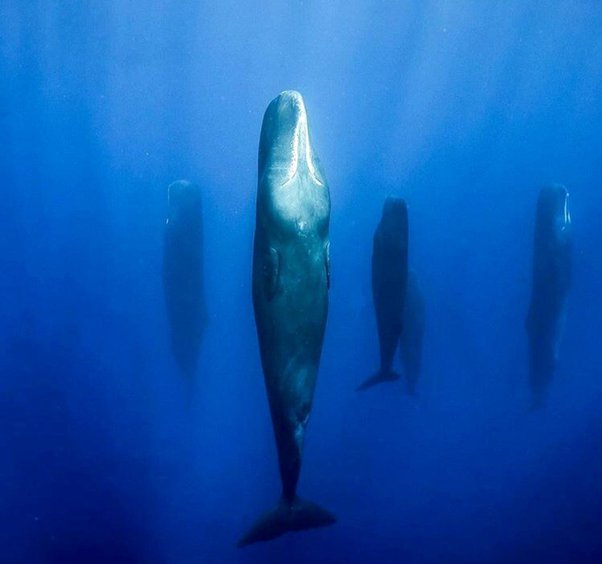
This vertical sleeping position was first conclusively documented in a study published in the journal Current Biology in 2008. Researchers from the University of St. Andrews and the University of Tokyo collected data from suction cupped tags attached to 59 sperm whales and found that the whales spent about seven percent of their day in this position near the surface of the water, napping for 10 to 15 minutes.
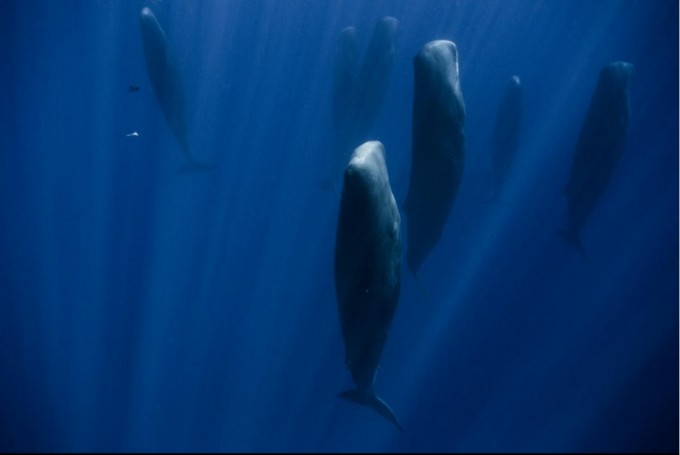
Scientists have suggested that the whales’ ability to sleep in this position may be one reason why they are one of the world’s least sleep-dependent animals. Whales in captivity have been observed using only half their brain while sleeping, which scientists believe may help them maintain social contact, control breathing, avoid predators, or continue swimming.
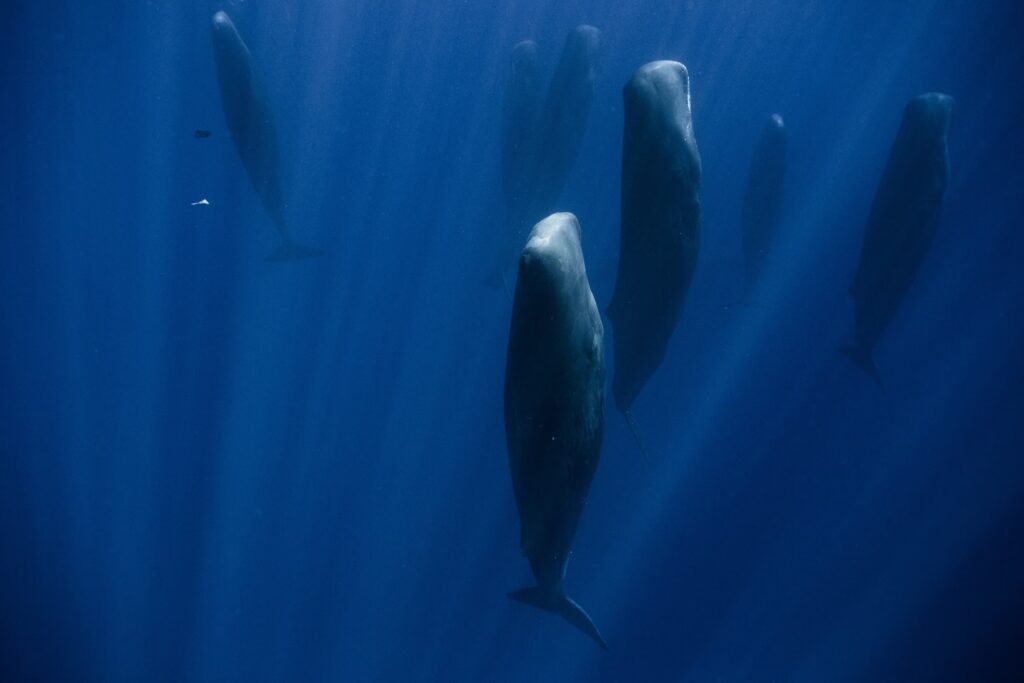
Interestingly, observations from a video shot in northern Chile showed that whales in the wild might enter a full sleep, unlike their captive counterparts. The whales did not wake up until they were bumped into by a ship that approached them with its engines off.

The phenomenon of “standing” whales is a fascinating insight into the behavior of these magnificent creatures. It reminds us that there is still much to learn about the natural world and the complexities of the ocean’s ecosystems.
